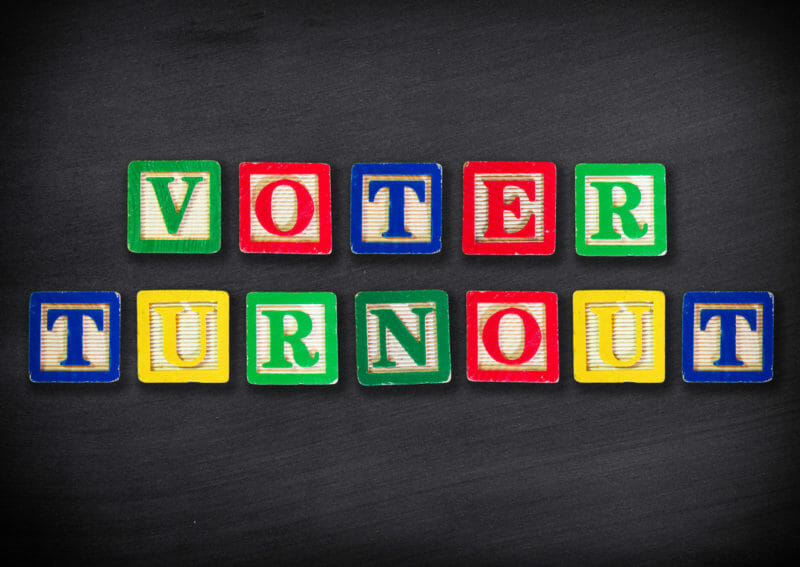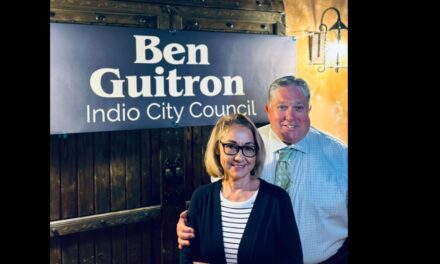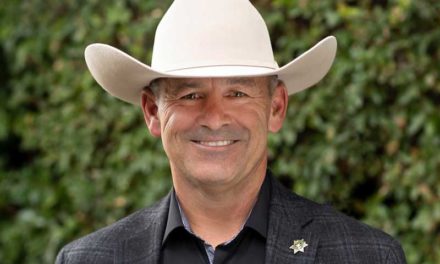PALM SPRINGS – To help resuscitate sickly voter turnout, the Palm Springs City Council today, Feb. 6, will consider changing general city elections from odd-numbered years to even-numbered years.
The move could potentially reduce or lengthen some current councilors’ terms.
Consideration of changing general city elections comes as the city moves to district-based elections in November when residents in only Districts 1, 2, and 3 will be elected. The district map may be viewed by clicking here.
To date, Mayor Pro Tem Geoff Kors is the only one to publicly announce his intention to run for office in District 3. No one has publicly announced intentions to run in either District 1 or 2.
The change from at-large elections to district-based elections does not bode well for voter turnout based on what transpired in Cathedral City and Indio in the November 2018 elections.
Both of those communities voted for the first time by districts. Cathedral City experienced an average drop of 12.34 percent in voter turnout. Indio witnessed an average drop of 7.19 percent. Combined, the two communities suffered an overall average of a 9.76 percent drop in voter turnout according to an analysis the Palm Springs City Clerk’s office conducted.
Changing general city elections from November of odd-numbered years to even-numbered years is also triggered in large part by Senate Bill 415, “Voter Participation Rights Act.” Former Gov. Jerry Brown signed the bill into law in September 2015. In short, the bill says that if a city holds its elections in an odd-numbered year and voter turnout is significantly less in comparison to statewide elections, then the election date must be changed to coincide with statewide elections.
In November 2013, the Palm Springs city election resulted in a “significant decrease in voter turnout,” which is defined as at least 25 percent less voter turnout than the average voter turnout for the previous four statewide general elections, according to an analysis the City Clerk’s office conducted.
SB 415 requires cities to adopt a plan and begin its transition to consolidate future elections with a statewide election no later than the Nov. 8, 2022 statewide general election.
An analysis, conducted by the City Clerk, of voter turnout in statewide elections shows there is a significant increase in voter turnout at November statewide elections, in comparison to June statewide elections.
To that end, staff is suggesting election date changes based on consolidating November elections in even-numbered years. There is, of course, the option of doing nothing and retaining odd-numbered election years.
The other three most palpable options, if increasing voter turnout is the goal are:
- Extending by one year the terms of the three Councilmembers elected in 2015 (Geoff Kors, J.R. Roberts and Rob Moon). The new election year for those terms would be November 2020. Extending by one year the terms of the two Councilmembers (Lisa Middleton and Christy Holstege) elected in 2017 with an election for those terms in 2022.
- Reducing by one year the terms of the two Councilmembers elected in 2017 (Middleton and Holstege) with a new election set for 2020. Reducing by one year those elected this year in Districts 1, 2, and 3 with a new election year for those terms in 2022.
- Reduce by one year the terms of representatives elected this year in Districts 1, 2, and 3 and hold an election for those positions in 2022. In addition, reduce by one year the representatives elected from Districts 4 and 5 in 2021 and have the new election year in 2024.
You may view all the options by clicking here.
You may also view the entire staff report by clicking here.







